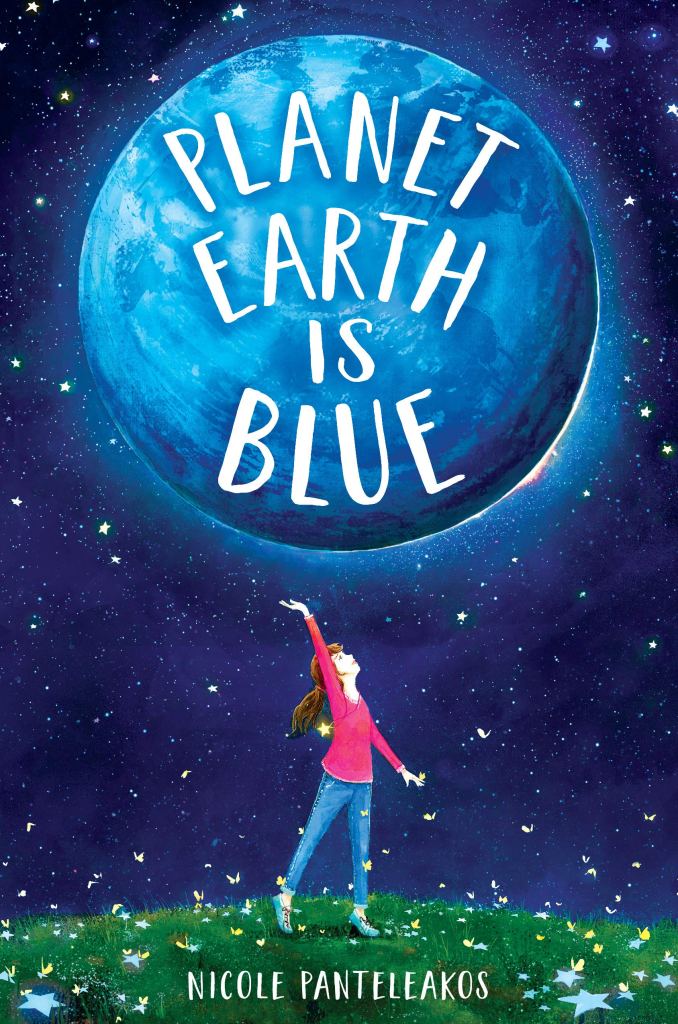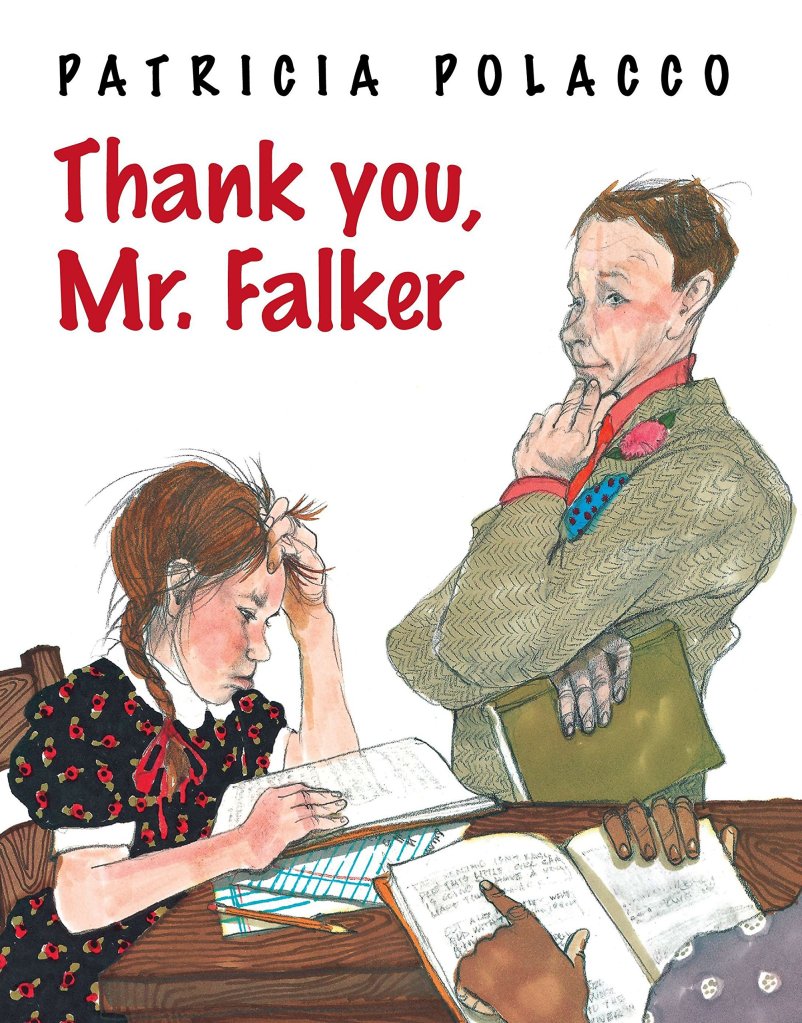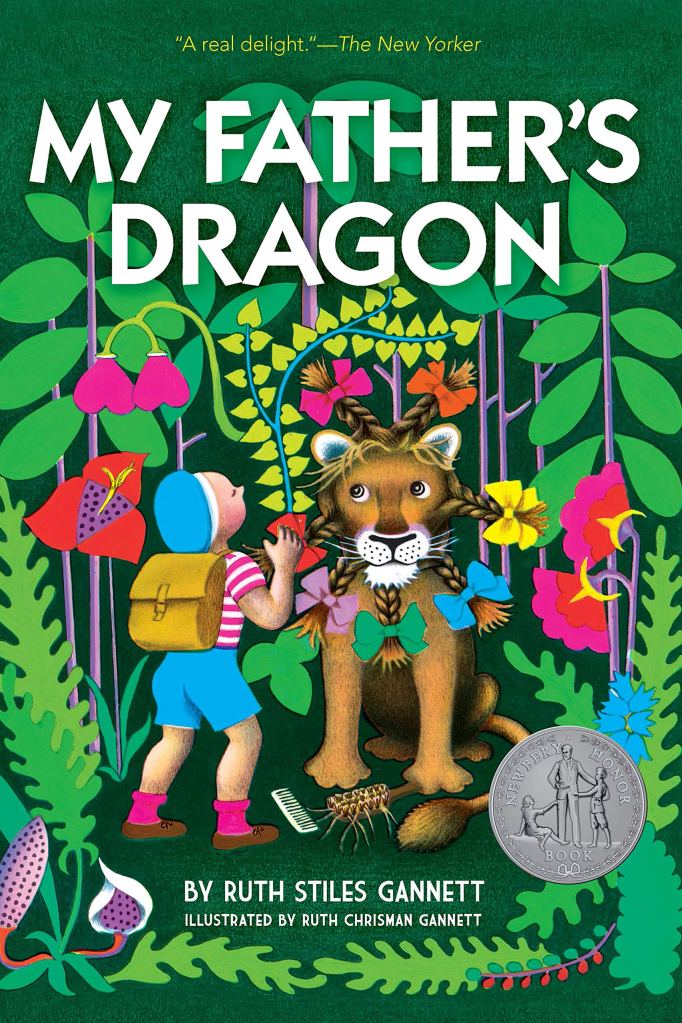This was a good reading month! I read nine books (which I’m pretty proud of 🙂 ), five non-fiction and four fiction, including one re-read. If I had to pick a favorite… well, I’m not sure I’d be able to. At least five of them would be in the running. A summary and some of my favorite quotes from each book are included here, and if you decide to read any of them, please let me know what you think! Talking about a book with someone who’s also read it is just about as good as reading the book to begin with – and sometimes even better.
Continue reading “january’s books”Category: book review
{book review} marcelo in the real world

Title: Marcelo in the Real World Author: Francisco X. Stork Date of Publication: March 2009 Rating: 4 out of 5 stars
Marcelo in the Real World is a coming-of-age story touching on neurodiversity, ableism, racism, family, ethics, religion, sexuality, and love – in short, all the passion and philosophy of a teenager stepping into adulthood as experienced by a young neuroatypical Latino man. While Stork is not, as far as I can determine, neurodivergent himself, I find Marcelo to be relatable and authentic as a neurodivergent character: from his subtle stimming, to his sensory struggles, to his logical rules-based method for deciphering people, to his thoughts on life and faith and God. And, quite satisfyingly, the resolution of his story does not come with a cure or a fix for his differences: just an increased understanding of who he is and a vision for living in the “real world” as someone who doesn’t quite fit.
Continue reading “{book review} marcelo in the real world”autistic #ownvoices fiction: the boy who steals houses by c. g. drews

Title: The Boy Who Steals Houses
Author: C. G. Drews
Date of Publication: April 2019
Rating: 4.5 out of 5 stars
So I have to admit that I have a not-so-secret love of angst, longing, and heartbreak in the books I read. Every time I read a story of someone searching for family, home, acceptance, love, etc., and especially of working through the challenges of trusting in those things when they show up, it hurts my heart in such a hopeful way. I remember back in high school telling my dad that I just wanted to feel like I belonged somewhere – like there was someplace where I could be completely exposed and still be completely accepted – and I think it must be a fairly common human desire because so many books touch on it. In The Boy Who Steals Houses, C. G. Drews beautifully describes both that longing and the thing itself: the desire to be loved unconditionally, and the shapes that unconditional love can take in very imperfect people and circumstances.
I can’t think of another book I’ve read that looks at autism from the outside (the main character, Sam is not expressly autistic – his brother Avery is) with such tenderness and acceptance. Sam gets frustrated with Avery and Avery gets frustrated with Sam, like any two siblings, but they love each other so fiercely, so intensely, with such mutual protectiveness. Sam tries to protect his big brother from a world that doesn’t accept or even care to understand his autism; Avery tries to protect Sam from his own anger and from the justice system. Avery stims; Avery gets overwhelmed; Avery has meltdowns and has to be rescued and pulls Sam in to the lowlife world he’s ended up in; and through it all Sam just loves and loves and loves him – and Avery loves him back. At the beginning of the book, since it’s told through Sam’s perspective, most of the narrative is showing Sam’s love and care for Avery; by the end of the book (letting the reader realize it along with Sam, I believe) the narrative shows also how Avery has always been there for Sam loving and caring for him as best he could, through all the bad decisions they’ve both made and all the bad things that have been done to them.
But Sam is really the heart of this book, with his anxieties and his desperate longing for home and family and acceptance and belonging and love. I was instantly drawn in to his story; I’ve read it twice already and will probably read it again since I can’t get him out of mind (and since Drews ended on what was essentially a cliffhanger!). To be seen and known and loved no matter what – that is the treasure Sam is searching for, and the book holds out hope that he may finally find it.
The only reason I’m not giving the book 5 stars is that the writing was a bit over-dramatic at times. Sometimes the stylistic effects really contributed to feeling the characters’ emotions; other times they seemed over the top (but that may just be due to my own intense discomfort at overtly expressed emotion). Oh, and the ending 🙂 If only a sequel were forthcoming!
C. G. Drews has written one other book, A Thousand Perfect Notes, which I have not read (I’m still too caught up in the lives of these characters to move on!). She just posted a Q&A post celebrating the one-year anniversary of The Boy Who Steals Houses that is great in itself and also links to an article she wrote about writing #ownvoices fiction and autistic representation in fiction specifically, which I found to be quite good.
autistic #ownvoices fiction: planet earth is blue by nicole panteleakos

Title: Planet Earth Is Blue
Author: Nicole Panteleakos
Date of Publication: May 2019
Rating: 5 out of 5 stars
I wasn’t sure what to expect when I began reading Planet Earth Is Blue, the story of a largely nonverbal autistic tween in foster care. I was apprehensive about stereotypes, afraid that situations would be overblown, worried that the book would be poorly written (when I have high hopes for a story, I also tend to have a lot of nervousness about it!). But what I found was an deeply moving story of a girl navigating a difficult time of life, seeking stability in an unstable environment, struggling to communicate, and learning about the kind of love that sees the beloved for who they truly are and fights to help others see and understand them as well.
I read it all in one day, in 5-10 minute snatches as I worked, going so far as to set up my phone on the lab bench to catch the next sentence in between pipettes. (This is not recommended best practice for either lab science or book enjoyment. I just couldn’t put it down.) I cried at least three times and was very thankful my coworker happened to be on the other side of the lab. And at the end, through all the hurt and misunderstandings, there was hope (which I think is particularly important as this book is aimed at the 11-14 year old age group, and when kids that age find a character they identify with they need to know that there is hope for kids like them even when life is hard).
The story begins with our protagonist, Nova Vezina, waking up in the home of her new foster family, having run away from her previous home with her older sister, and missing said sister profoundly. As the story alternates between third person descriptions – often including flashbacks and memories triggered by events in the primary narrative timeline – and first person letters written by Nova to her sister, powerful messages about ableism, humanity, family, and love come to life on the page. Early in the book, for instance, Nova writes,
"I know you always say 'Foster families are not forever families' and 'We should not get attached,' but I think you might like Francine. She talks to me the way people talk to you. Not too loud and too slow, the way they talk to me. "She talks like I am a person."
Throughout the book, Nova’s feelings, sensory processing, and behaviors – the things that bother her, the things she gets excited about, the stimuli that overwhelm her, her physical expression of all these things – are presented authentically and seriously. They are just as real as any “normal” character’s emotions would be in any other book, and just as deeply important to her. Instead of fitting into the constraints of a stereotype, Nova appears the way a real person does: emotionally complex, internally conflicted about herself and her situation, and passionate about the things and people she loves. We can feel her joy rising like a rocket when she gets to experience the planetarium for the first time, or the deep pit of anxiety when she breaks a toy bound up with personal meaning. The slow buildup of sensory and emotional overwhelm are both portrayed with not only technical accuracy but a style that places the reader in the moment with Nova, seeing and experiencing life from her perspective. And her perspective is never cheapened or flattened.
Nicole Panteleakos drew on great depths of experience with autism to write Nova’s character; diagnosed with autism and OCD herself as an adult, she also worked for years teaching creative writing and communication to autistic kids with limited speech and volunteered with autistic children in various programs and through foster respite care. Additionally, she had multiple autistic tweens and adults read through her drafts to help ensure Nova wouldn’t fall into stereotypes or caricatures. Her exposure to the breadth of the autism spectrum as well as her personal insider’s understanding of it enabled her, I believe, to craft a genuinely human autistic protagonist, unlike any I have encountered from a neurotypical author.
Panteleakos’s Author’s Note at the end of the book also deserves a special mention, being everything I always loved about author’s notes when I was in the target age group for this book (and still love today, to be honest). However, you’ll have to read the story first and discover this on your own 🙂 But with a character like Nova, and with all she gets to experience of unconditional love and belonging as she works to process and overcome not her disability but the challenges of her circumstances, there are countless other reasons to read this book, and no reasons to wait.
As far as I know this is Panteleakos’s first book – I hope she writes more in the future! She does have an excellent article about writing Planet Earth Is Blue that touches on some of the experiences that influenced the book as well as the value of autistic representation in fiction.
{sqt} – library haul!
We finally made it to the library this week and stumbled upon some pretty good books – a mix of classics and new finds that I’m looking forward to reading. So for the quick takes link-up today at This Ain’t the Lyceum I thought I’d share what we found 🙂

It’s hard to go wrong with Jan Brett books, in my experience – her stories are humorous and the extra details woven into the side panels of her illustrations add so much to the (already excellent) written words. This book has quickly become one of the boys’ favorites; not only have they been asking me to read it over and over again, but Limerick has also spent time reading it on his own and aloud to me with just a little help. In this story, the forest animals (getting steadily larger) all find a place to snuggle inside the mitten Nicki’s grandmother made for him, until finally even the bear wants to join in!

This is a new book for me, told from the point of view of a little girl who lives with her grandmother and her hard-working mother. There is poverty and loss here – her mother works long hours and comes home worn out, and the three of them lost everything in a home fire (which is why they are looking for a good chair now) – but there is also community, and hope, and love, and happiness. I laughed when the grandma said she feels like Goldilocks when they are trying to find the perfect chair, and I love the picture at the end of the mother sitting in the new chair with her littler girl snuggled up asleep on her lap. It’s just a beautiful picture of life and family.

Patricia Polacco’s autobiographical picture book about her struggle with dyslexia is definitely not a new book for me, but it is for my kids. Rondel especially was deeply affected by the bullying portrayed in the book, by Trisha’s close relationship with her grandmother, and by the encouragement and help she was finally given by her teacher Mr. Falker. It’s a hard book to read, because of the emotional pain involved, and I’m always in tears at the end, but it so hopeful to see the difference one person’s commitment and care can make in someone else’s life.

Most people are probably familiar with The Rainbow Fish, the story of the fish who was so special and beautiful that he became arrogant and selfish and ends up having to give away his shimmery scales to make up for his rudeness and find friendship. It’s honestly not one of my favorite books, because I don’t like the pressure put on Rainbow Fish to give away something uniquely his – he could have said no in a much gentler and kinder way, true, but he still should be allowed to say no without losing his relationships with the other fish. Generosity is a good and beautiful thing when it comes from authenticity; bribing other people to like you by giving things to them is not so beautiful. But maybe I’m just looking at it too cynically.

Ok, I picked this one up on our way out of the library and I haven’t had a chance to read it with the kids (or on my own) yet! But I’m looking forward to it 🙂 We read our first Lionni picture book around Christmas, and I was impressed by the emotional depth of the book (and the illustrations are lovely), so I’ve been wanting to explore more by the author. Given that Rondel’s favorite animal is the alligator, this one seems particularly apropos and I’m excited to read it to him.

My mom gave the kids Tullet’s book Press Here for Christmas, along with its companion, the Draw Here activity book (which I saved for them to open on Epiphany). While they all enjoyed the book, Limerick really fell in love with it – he’ll read the books to himself, re-draw the illustrations on the iPad as he tells himself the story, spend hours doing the drawing activities, and even recreate the story with our brain flake building toys! So when I saw this book at the library I knew I had to grab it, and Limerick loved it as well. I’ve read it to him and let him do the shaking, mixing, etc. – and he’s read it to me and had me follow the instructions 🙂 I need to buy more paint, as ours is about empty, and then I’d love to go through this book with all the sensory texture and messiness of real paint!

After we finished reading The Tale of Despereaux, by Kate DiCamillo, I started looking for other chapter books to read that would be a step above the beginning readers but not too long or complex for a six year old to enjoy. I came across this book on several lists and decided it was worth a try since it’s about dragons and animals (Rondel’s favorites, still) and available at the library 🙂 Although it’s a classic, I’ve never read it, so I’m looking forward to discovering a new great story with the kids.
As a bonus, I found a copy of Jean Vanier’s Becoming Human for myself. I’m hoping to write a lot more about this book after I read it, as well as more about Vanier himself and the L’Arche communities he founded for mentally and intellectually disabled adults, because I haven’t encountered a more hopeful, loving, and godly approach to disability than what I’m starting to discover in his philosophy and work – but I need to learn a lot more before I can really dive into it here.
What books are you reading or looking forward to reading, with kids or on your own? I’d love to hear your thoughts about anything good you’ve been reading lately!
{book review} lithium: a doctor, a drug, and a breakthrough

Title: Lithium: A Drug, A Doctor, and A Breakthrough
Author: Walter A. Brown
Date of Publication: August 2019
Rating: 4 out of 5 stars
Lithium, as its subtitle suggests, tells three interwoven stories: that of the life of John Cade, the doctor who discovered lithium’s most important medical use; that of lithium itself from its first discovery as an element to its recognition as both a drug and a toxin; and that of lithium’s bumpy road to acceptance through research trials, scientists’ feuds, and governmental wariness.
Continue reading “{book review} lithium: a doctor, a drug, and a breakthrough”